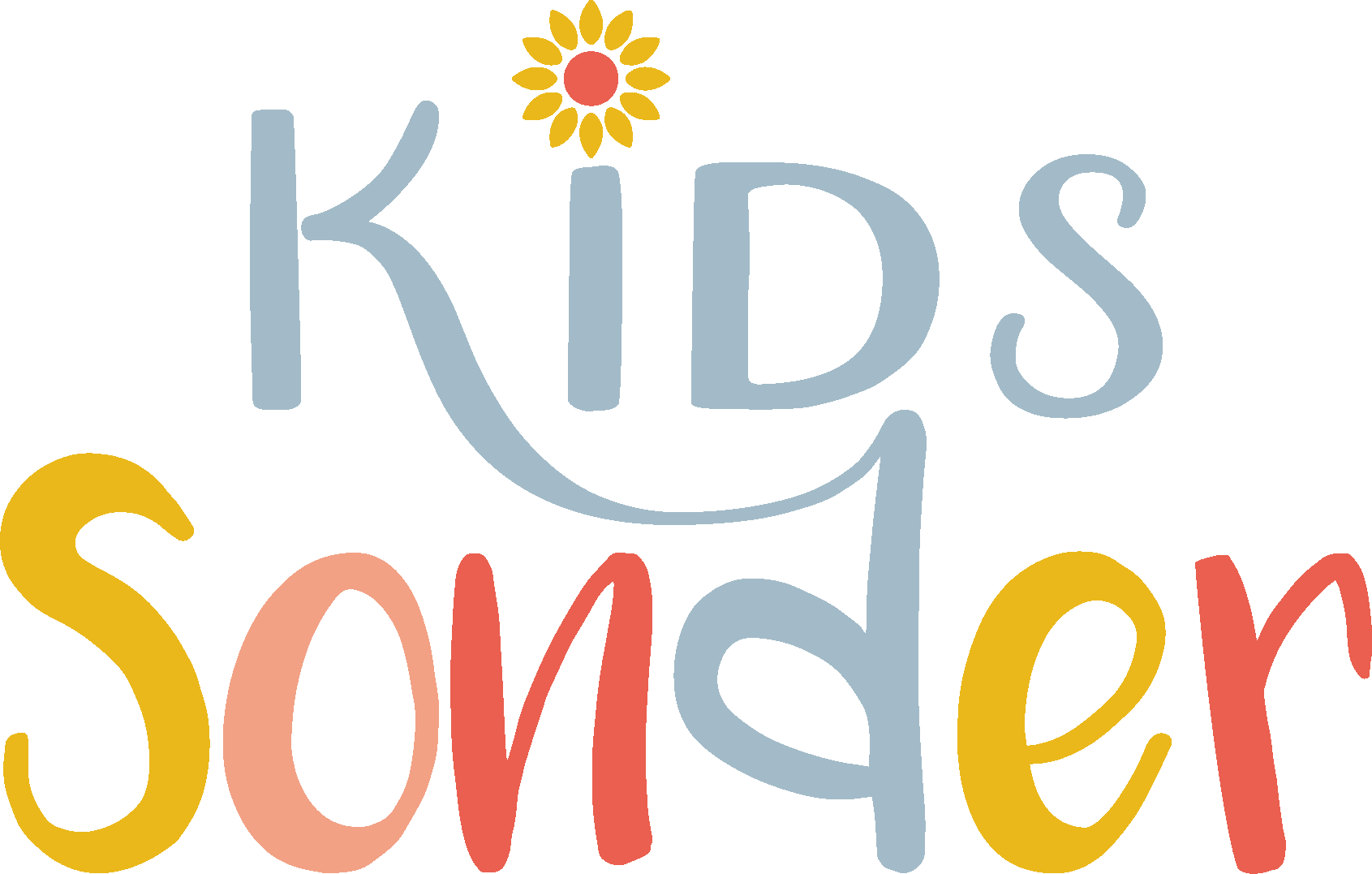May is National Beef Month—a perfect time to help kids explore the world of cattle, meat science, and the role beef plays in our food system. Whether you're teaching at home, leading a 4-H club, or adding agriculture to your classroom, beef topics offer great opportunities to connect science, economics, animal care, and nutrition.
At the Agriculture Unboxed Shop, we’re here to make agricultural education easy, interactive, and enjoyable. Below are fun and educational ways to explore beef this month, with ready-to-use tools and printables from our shop to support your lessons.
1. Learn About Beef Cattle Breeds
Understanding cattle breeds is a great introduction to beef production. Different breeds are raised for specific traits like muscle growth, hardiness, or maternal ability—helping kids understand how genetics, environment, and purpose shape animal agriculture.
🧠 Try This Activity:
Print pictures of different cattle breeds and have kids sort them by breed name, type, size, origin, or use. Use a U.S. map to trace where each breed is most commonly raised (Top 10 U.S. States) and learn what makes them unique.
🔍 Helpful Resource:
Our Cattle Breed Identification Flashcards and Printable Companion Guide include clear photos, breed characteristics, and easy-to-read facts that work great for independent study or group discussions.
2. Explore Beef Anatomy and Meat Cuts
Cattle anatomy and meat cuts help students make real-world connections between the animal and the products we use. Teaching this also helps kids understand why specific cuts cost more, how different muscles affect tenderness, and how beef is marketed.
🧠 Try This Activity:
Label a diagram of a cow with wholesale and retail cuts like chuck, brisket, and loin. Then match each cut to meals they may eat at home or in restaurants.
🔍 Helpful Resource:
Our Beef Meat Cut Flashcards make cut identification interactive, while the Basics of Meat Science: Beef printable walks learners through fat, muscle, and carcass composition in an age-appropriate way.
3. Dive Into the Science Behind Meat
Meat science blends biology, chemistry, and agriculture. By learning about marbling, connective tissue, and how animals are processed, kids build a deeper understanding of food quality, nutrition, and the science behind what’s on their plate.
🧠 Try This Activity:
Use beef cut photos or meat counter visits to compare marbling. Discuss how muscle structure influences flavor and cooking methods.
🔍 Helpful Resource:
The Cattle: Basic Beef Meat Science course breaks down beef composition and meat quality, including visuals, vocabulary, and hands-on learning suggestions.
4. Discover the Beef Industry and Its Impact
Teaching kids about beef’s role in the U.S. economy and food system helps them understand agriculture’s broader importance. It also shows how beef connects to land use, exports, and the work of farmers and ranchers.
🧠 Try This Activity:
Create a map of the top beef-producing states and talk about why these regions are ideal for raising cattle. Consider factors like pastureland, feed access, climate, and infrastructure.
🔍 Helpful Resource:
In our Cattle: Beef & Dairy 101 unit, learners explore beef’s journey from ancient cattle domestication to today’s large-scale operations, with fascinating facts woven throughout.
5. Add Creativity with Cattle
Creative projects help kids absorb and retain information in a visual and hands-on way. Whether it’s coloring a cow diagram or designing a breed poster, integrating the arts can bring a new level of engagement to beef lessons.
🧠 Try This Activity:
Give students blank breed templates or beef anatomy outlines to color and label. Let them create posters or mini-reports on their favorite breed or meat cut.
🔍 Helpful Resource:
Our Cow Coloring Pages are simple, engaging, and perfect for use during quiet time, transitions, or as an activity that reinforces other beef lessons.
6. Connect the Dots with Livestock Finance & Care
Beef education isn’t just about science—it’s also about responsible management. Understanding the costs of raising cattle builds financial literacy and encourages thoughtful animal care decisions.
🧠 Try This Activity:
Have kids plan a mini-budget for raising a steer. Include expenses like feed, housing, vet care, and sale price to show the real costs and responsibilities of livestock ownership.
🔍 Helpful Resource:
Our Project Pathways: Livestock Finance and Care printable simulation walks students through budgeting, recordkeeping, and evaluating care needs—all while thinking like a young livestock entrepreneur.
7. Teach Animal Behavior and Safe Handling
Learning how cattle behave helps kids understand how to care for animals with respect and safety. Topics like body language, flight zones, and low-stress handling are essential in 4-H and FFA, and they’re rooted in science and animal welfare.
🧠 Try This Activity:
Watch short video clips on cattle movement or handling, then practice reading body language and discussing how handlers stay safe and calm with livestock. Or read a biography or watch a video from Dr. Temple Grandin.
🔍 Helpful Resource:
The Livestock Behavior and Handling Unit Study is an excellent primer, complete with visuals, definitions, real-world examples, and reflection questions to deepen understanding.
Wrap-Up
National Beef Month is a fantastic opportunity to combine science, economics, nutrition, and animal care into one engaging topic. By exploring how cattle are raised, processed, and cared for, kids gain a full-circle understanding of where their food comes from—and the value of the agriculture industry.
👉 Looking for more tools to teach kids about beef and livestock?
Browse our Beef Resources in the Agriculture Unboxed Shop for flashcards, printables, and complete unit explorations designed for kids ages 9–18.
Check out these Beef-themed blogs as well!
-
Teaching Kids Ages 9-18 About Meat Science: From Basics to Advanced Knowledge
- Teaching Livestock Finance, Record Keeping and Care









